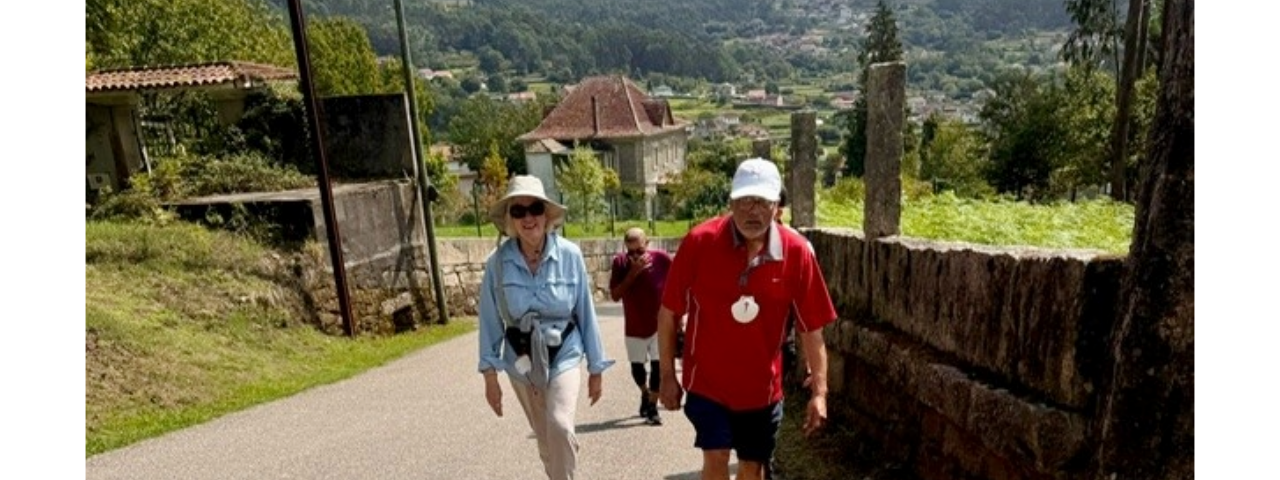Body
Currently, 86% of scientific discoveries—countless approaches, treatments, and even potential cures—never make it out of the lab. The Rehabilitation Institute of Chicago (RIC)—a specialty, nonprofit hospital serving patients with the most severe, complex conditions—sought to change this statistic in a profound way. On March 25, 2017, RIC officially became known as the Shirley Ryan AbilityLab, opening the doors to its cutting-edge research hospital of the same name. The hospital is aiming to utilize translational research at its highest level. And, as a physical therapist, I have a front-row seat.
A Radical Approach to Rehabilitation
Body
By embracing a translational model, the Shirley Ryan AbilityLab incorporates research into clinical practice throughout the system of care. Inside the 1.2 million-square-foot research hospital are doctors, scientists, physical therapists, speech therapists, occupational therapists, wheelchair specialists, engineers, and technologists all working together in common spaces.
In the traditional model, it may take many years for research findings to be incorporated into clinical care. This new hospital has been explicitly designed to enable translation of research into care faster. Conversations between researchers and clinicians are ongoing and happen at the ground level, as they work in tandem to identify and prioritize problems that need solving now. Research is inspired by the clinical challenges that scientists, themselves, observe. Patients receive treatment right next to researchers, offering these scientists a firsthand view of clinical problems. Clinicians are aware of research findings more quickly. As a result, more patients are involved in research, and more research is translated into patient care.
Far too often in healthcare, collaboration among researchers and clinicians happens by chance. At the Shirley Ryan AbilityLab, the novel, open-concept space is meant to allow collaboration among these groups to happen instead by choice.
Patients have always been the focus of the entire team. Now, they stand to gain even more as a result of heightened collaboration between researchers and clinicians. The goal: better, faster outcomes.
A Novel Structure
Body
This spring, vision became a reality when the Shirley Ryan AbilityLab opened, embracing this integrated approach throughout. Out of the gate, the facility’s patient capacity increased by 40%, and that was just the beginning.
The Shirley Ryan AbilityLab is designed with five Innovation Centers focused on areas of biomedical science with great promise. These centers include the Brain Innovation Center; Spinal Cord Innovation Center; Nerve, Muscle & Bone Innovation Center; Pediatric Innovation Center; and Cancer Rehabilitation Innovation Center. Patient care takes place in these Centers, aided by the latest smart-room, bed-surface, electronic, technical, mobility, and therapeutic devices and equipment.
The ability lab model that was piloted in the old hospital has been replicated in five unique lab designs. Each is configured based on a targeted function and the type of experimentation taking place therein:
- Think + Speak Lab: Treatment for fundamental brain functions—arousal, lucidity, awareness, thinking, communication, perception, memory, and learning.
- Legs + Walking Lab: Improvement of locomotion, gait and walking via trunk and pelvis stability; positioning and control of the hips, knees, and ankles; as well as stepping and propulsion.
- Arms + Hands Lab: Improvement of hand function and movement, body and upper-limb coordination, strength, reaching, shoulder biomechanics, and hand/finger control.
- Strength + Endurance Lab: Improvement of stamina and resilience, complex motor and endurance activities, coordination, and higher-level activities of daily living (eg, cooking, housekeeping, exercise, sports).
- Pediatric Lab: Treatment for all of the above, with a customized approach for the developing brains, bodies, and conditions unique to children (infants to teens).
In each of these working labs, interdisciplinary teams develop new research and insights to help patients gain more function, achieve better outcomes, and enjoy greater ability and independence.
To read the rest of Meghan's experience, please visit Rehab Management

